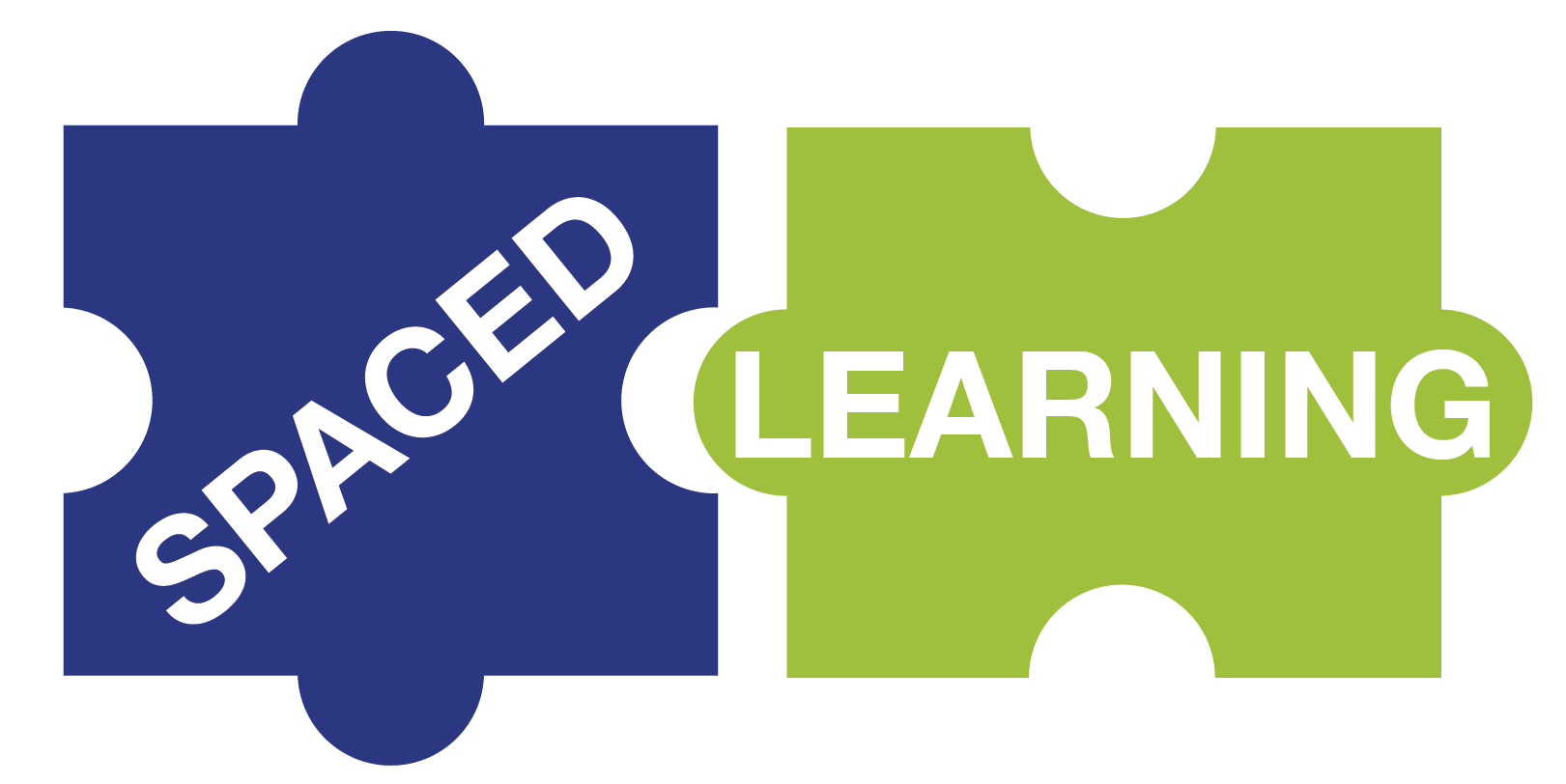Why Give Teams Real Choices in a Simulation?


eliza hl
Published Date
📚 You can also browse the full blog series.
Choosing the Best Business Acumen Simulation: Part 2 – Open vs. Closed Decision-Making
Choosing the Best Business Acumen Simulation is our comprehensive 17-part guide to evaluating, selecting, and achieving meaningful results with business simulations. In this installment, we examine Open vs. Closed Decision-Making — why giving teams real choices increases emotional engagement, accountability, and lasting learning.
Open decision-making builds ownership—and the more ownership teams have, the more learning sticks.
In business simulations, the type of decision-making greatly impacts accountability and engagement. Open decision-making gives teams full autonomy over business operations such as pricing, capacity, borrowing, and customers. This autonomy fosters emotional engagement and a sense of ownership over results. When teams are accountable for their decisions, they are more invested in the outcomes—and that leads to deeper learning.
Contrast: Closed Decision-Making
Conversely, closed decision-making can alienate learners. In such a model, a facilitator may rely on scripted scenarios that funnel all teams to identical outcomes, restricting participant engagement. Or a rigid decision tree can dictate predictable paths, diminishing the learner’s active role. Or facilitators might prematurely (and incorrectly) conclude that students have grasped new concepts and implement decisions that presume this understanding. In each of these cases, game progress happens with or without actual learning—undermining the educational value.
The Problem with Randomness
Randomness is sometimes used to replace the idea of idea of decision-making. Dice rolls or card draws—might add excitement, but the dynamic erodes the concept of accountability. When outcomes hinge on luck, instead of logic, the opportunity to apply and test real business thinking disappears. Even worse, there is no connection between decisions and results. Winners may think they’re brilliant (without knowing why), while others feel cheated. The result is less meaningful learning and limited real-world relevance.
Questions to Ask
- What kinds of decisions do participants make?
- Who makes those decisions—teams, individuals, the facilitator, or the software?
- Is chance a factor, and if so, how much?
- Do participants truly own their outcomes?
- Can they apply what they’ve learned through direct action?
Where Things Go Wrong
If you want people to take responsibility at work, you have to give them responsibility in training. That’s where many simulations fall short. When a facilitator makes key choices, or software narrows every team to the same outcome, there’s no space for real ownership. Learners aren’t responsible for what happens—so they don’t feel responsible. And when responsibility disappears, so does accountability, motivation, and the chance to grow.
Bottom Line: Open decision-making isn’t chaotic—it’s empowering. By letting learners navigate challenges and own their performance, you create emotional engagement that turns learning into lasting impact.

|
|
|
Closed decision-making Because… it will limit engagement and reduce retention. |
Open decision-making Because… it engages learners: it’s a game they control. (Bonus: this develops autonomy and accountability!) |
🎧 Listen to This Topic on the Podcast
Prefer audio? This episode covers the same topic as this article.
Coming Up Next: Learning Styles & Integrated Play — Why separating content from action reduces learning power.


